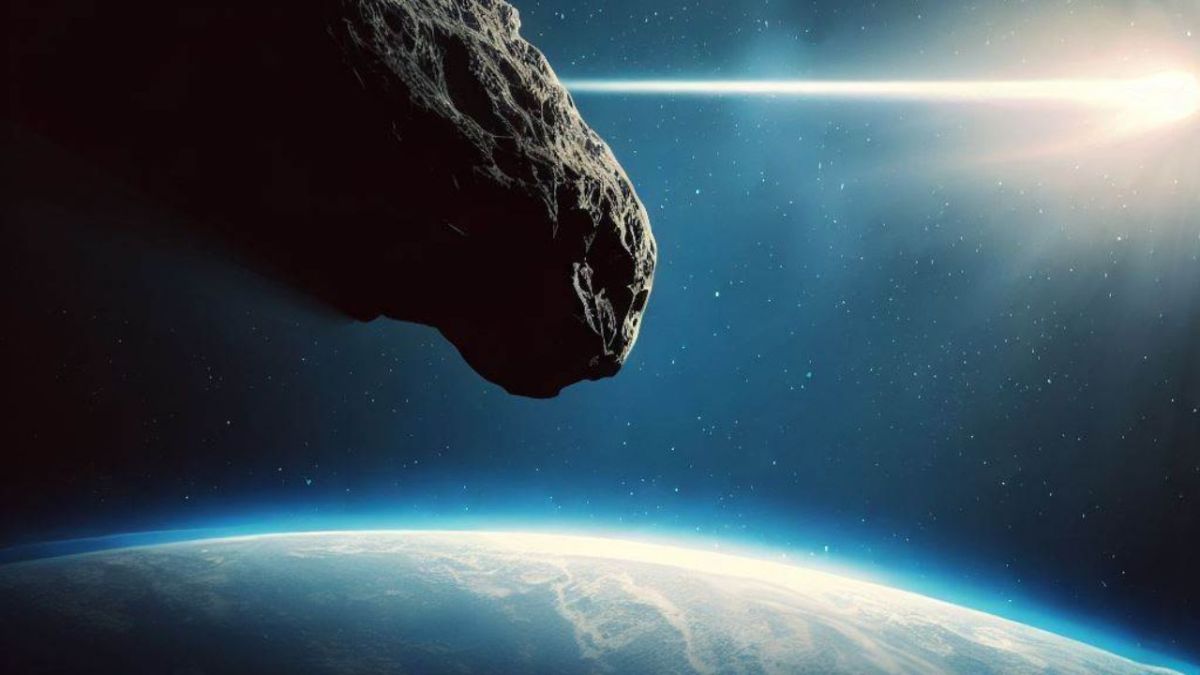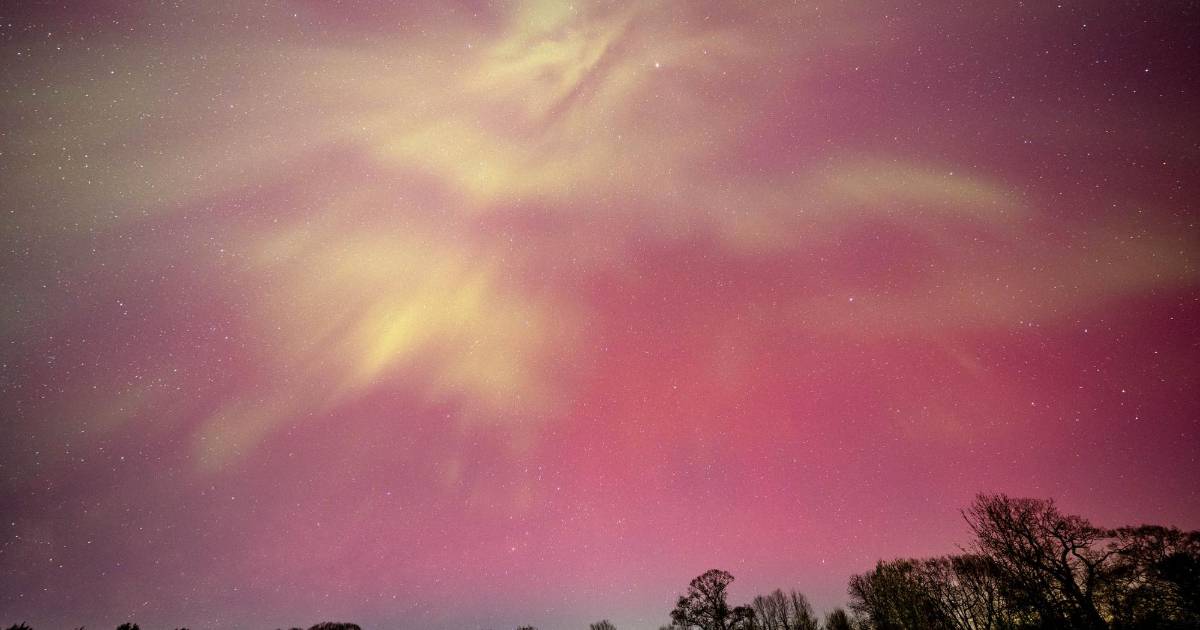last week, Earth had a close call with a rogue asteroid the size of a 20-story buildingIt passed our planet only a quarter of the distance between the Earth and the Moon.
surprisingly, Astronomers did not learn of its existence until two days before the close encounter.
Nicknamed as 2023 NT1The space rock, about 200 feet long, flew by on July 13 at 53,000 mph. According to NASA.
however, The approach of the asteroid was not detected due to its path from the direction of the SunTelescopes are blinded from sunlight after the event.
The discovery of asteroid 2023 NT1 took place on July 15 A telescope in South Africa, part of the Asteroid Terrain Impact Last Warning System (ATLAS) designed to identify asteroids days or weeks before a potential impact, has finally detected its departure from our vicinity.
Later, as reported by the International Astronomical Union’s Center for Minor Planets, more than a dozen telescopes confirmed its existence.
Fortunately, astronomers According to direct scienceAsteroid 2023 NT1 confirmed that, despite its surprising approach. It does not qualify as a hazardous substance. Detailed calculations of its trajectory for the next decade confirmed that there was no immediate risk of impact.
Recent studies suggest that Earth is safe from large extinction-causing asteroids for at least the next 1,000 years.
However, the incident highlights the continuing challenges astronomers face in detecting near-Earth asteroids from the direction of the Sun, creating a significant blind spot in their observational efforts.
A notable historical example occurred in 2013 when a 59-foot-long asteroid took a similar path through the Sun’s glare and went unnoticed until it exploded in the sky over Chelyabinsk, Russia.
The explosion caused a powerful shock wave that damaged numerous buildings and shattered glass over a wide area, resulting in nearly 1,500 injuries, but fortunately no fatalities.
While scientists diligently monitor the more than 31,000 known near-Earth asteroids, they are acutely aware of the dangers posed by the Sun’s blind spot.
As a proactive measure, the European Space Agency is actively developing the NEOMIR mission, which is scheduled to launch in 2030. This innovative satellite aims to position itself between the Earth and the Sun Spot the giant asteroids lurking invisibly amid our star’s radiant glow.
Continue reading:
Asteroid study predicts Earth will be safe for another 1,000 years
The James Webb Space Telescope captures a stunning image of Uranus
· An asteroid the size of a skyscraper will pass between Earth and the Moon this weekend




